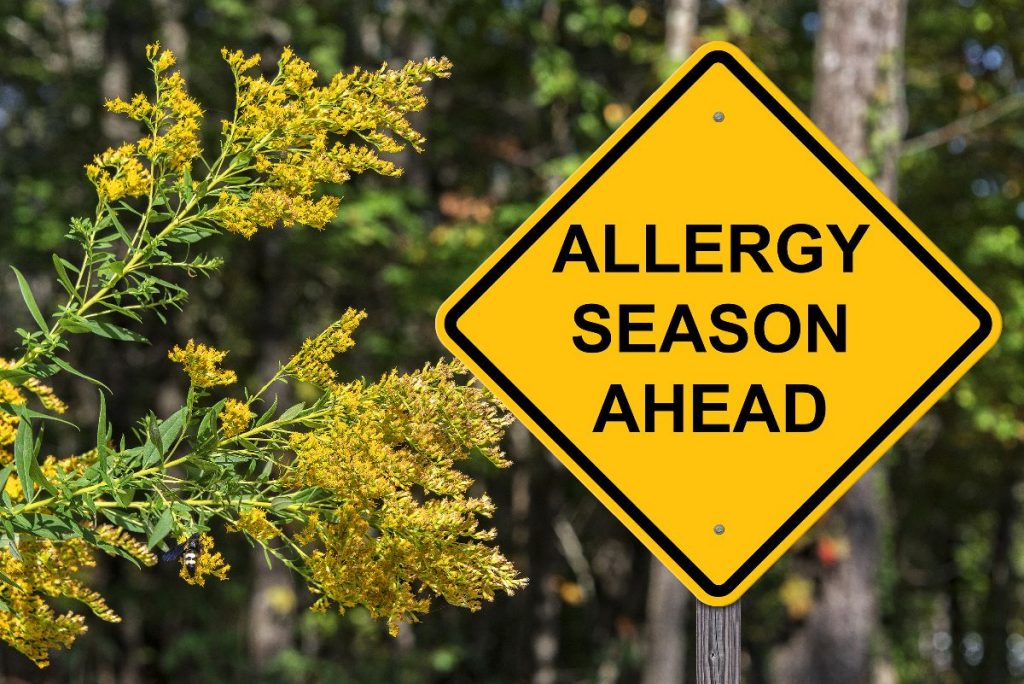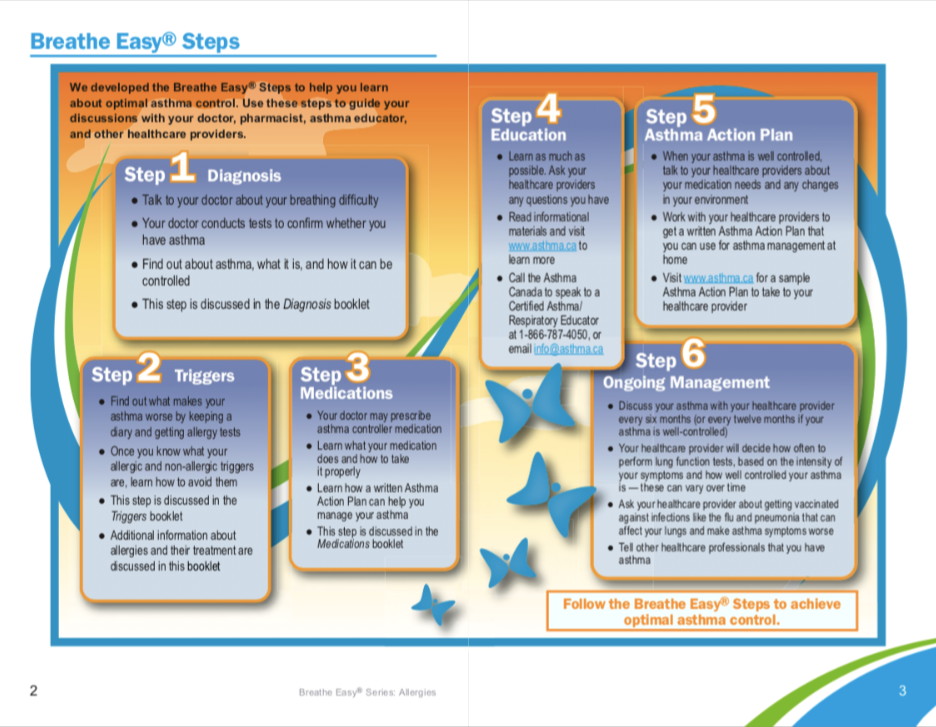March Newsletter From Prime Care FHT

International Women’s Day
International Women’s Day is March 8th and I would like to remember and honour all of the women who have died because of COVID 19 over the past year.
They were our grandmothers, mothers, sisters, and friends who had important roles within our society. They were caregivers, homemakers, career women or retired women.
It is difficult to forget the nurse and doctor who took their own lives while caring for COVID patients. It is clear that caring comes at a price. While many health care professionals have been overwhelmed with the additional work load , others are dealing with the guilt of not being able to relieve their coworkers or the guilt of not being with their families. These are difficult decisions to make on a daily basis.
Personally, I feel very sad for those women who are working their hearts out and not feeling heard or understood. Another area of concern is the increase in physical and mental spousal abuse. Some women are unable to leave at this time however the abuse does not go unnoticed by their children who are then also affected.
The economy has definitely been a casualty of the pandemic and we are reminded of this everyday through the news outlets. The pandemic has cost our government millions of dollars in funding and assistance. However let’s not forget the most important casualties; our family members, community members and health care providers. They cannot be an after thought.
So today, I salute all the women who have lost their lives to this deadly virus for all different reasons.
Respectfully,
Julie Cordasco RN, Prime Care FHT

Happy Social Work Week!
The first week of March marks
Social Work Week in Ontario #SWW2021.
In the current environment, we find ourselves in very different times. Please consider this year’s Social Work Week theme, “You are Not Alone” and explore the resources being shared as part of Social Work Week, found at: www.oasw.org/socialworkweek.
Join us as we recognize our fellow Prime Care Social Work colleagues Monica & Cathy by celebrating Social Work Week and their many contributions to our team and their patients.
Thank you Monica & Cathy for your hard work and dedication to the mental health of our community!

Spring is right around the corner and you know what that means…
allergy season is upon us!
Asthma Canada has provided great information to help you manage allergies, allergy season and asthma. We’ve listed some FAQs below about seasonal allergies, however, for additional information please visit Asthma.ca
What are allergies?
An allergy is a reaction to a substance that is normally harmless. Our immune systems usually protect us against bacteria, viruses, and other invaders that can cause illness. Sometimes the immune system reacts to a substance that isn’t typically harmful – things like pollen, animal dander, mould, or a particular food – by producing a molecule called an immunoglobulin E (IgE) antibody. Substances that provoke this IgE response are called “allergens,” and they can get into your body in a number of different ways – for example:
● If you breathe them in (e.g., tree pollen in the air)
● If they get injected into your body (e.g., a bee sting, an injected medication)
● If you swallow them (e.g., food allergens, medications)
● If you touch them (e.g., latex gloves)
The best way to find out if you are allergic to something is to have an allergy assessment done.
How common are allergies?
In general, allergies are very common and are one of the most widespread chronic medical conditions that people live with. It’s hard to be sure how many people have allergies, but we can get a hint by looking at the statistics for particular kinds of allergies.
According to the Canadian Allergy, Asthma and Immunology Foundation, one in every four or five Canadians (20 to 25% of the population) has allergic rhinitis (also referred to as “hay fever”).
The rate of food allergies in the Canadian population is difficult to pinpoint, because not everybody who says they have a food allergy has been diagnosed by a doctor. However, our best estimates show that about 6 to 8% of Canadians have had one or more allergic reactions related to food – that’s about one of every 13 Canadians.
Who gets allergies?
No one is born with an allergy, but you can have a genetic tendency to develop one. If both your parents have allergies, you have about a 75% chance of also developing them.
In general, children are more likely to be diagnosed with an allergy than adults are – most allergies first appear
in childhood, and it’s less common for people to develop allergies later in life. Some people find that they eventually outgrow some of their childhood allergies, even allergies that were once quite severe – this is particularly common with certain food allergies. However, other food allergies (e.g., peanuts, tree nuts, shellfish) tend to be lifelong. Some people who outgrow a childhood allergy have been known to have it reappear later.
What causes allergies?
There are many different types of substances (allergens) that can cause an allergic reaction. Here are some of the most common ones.
Common Inhaled Allergens
Respiratory allergies are allergic reactions that happen when an allergic person breathes in certain substances from the air. For people with allergies and asthma, inhaled allergens can often be the trigger for an attack of asthma symptoms. Some common types of inhaled allergens are:
Seasonal allergens, which are worse at a particular time of year:
Pollen is carried by the wind on hot, windy days. The exact timing of high-allergen seasons will vary depending on the local climate, geographic location, and weather patterns, but in most regions of Canada it follows this general trend: tree allergens are most common in the spring, grass pollens in the summer, and ragweed pollens in the fall. You can find out the pollen counts in your region at the Weather Network on television or online at www.weather.ca. Visit www.asthma.ca for more information.
Perennial allergens; that is, allergens that are not linked to a particular season but are present in the environment all year include :
– Dust mites are tiny insects that live in fibres on carpet, plush furniture, curtains, mattresses, pillows, and bedding. They eat flakes of skin and reproduce in warm and humid environments. Unfortunately, it is usually not altogether possible to eliminate dust mites from your home, but there are many helpful steps you can take to limit your exposure – see pages 30 through 35 of this booklet for more detail.
– Cockroaches are insects that live in some homes and workplaces, especially in areas like kitchens where there is plenty of food and water. As with dust mites, you don’t have to see or touch them to have an allergic reaction – their saliva, body parts, and other allergens
can float in the air or rest on surfaces you might touch. Cockroach allergens are a major asthma trigger for some people, especially in high-density neighbourhoods
– Mould is a type of fungus that produces spores that float in the air. It thrives in humid environments and lives off decaying plants and in the soil. The air is never free of mould, but you can prevent its growth by keeping your house clean and dry all year
– Animal (pet) allergens: People with pet allergies are generally allergic to the dander (flakes of shed skin), saliva, and urine, rather than the fur. These pet allergens are found in very small particles that can float in the air even if the animal is not present. Even after you get rid of a pet, the allergen can remain for months on furniture and in carpets. Animals can also carry pollen and mould on their fur from outside into the house
– Other substances or chemicals in the air such as smoke, fragrances/ scents, and solvents can cause respiratory symptoms in many people. For a lot of people, these symptoms aren’t a true allergic reaction; they are more related to these substances directly irritating the airways, which causes worsening of symptoms in people with asthma.
Common ingested (swallowed) or injected allergens
It’s also possible to have an allergic reaction to substances that we take into our bodies by swallowing them (e.g., foods) or having them injected into us (e.g., an insect bite/sting). For people with very severe allergies, these types of allergens are the most likely to cause a rapid, severe reaction called “anaphylaxis”, which can cause death. Even though these allergens are not inhaled into the lungs, they can sometimes cause or worsen respiratory symptoms in people with asthma. Some common allergens of this type are described below.
Certain foods can cause a reaction that affects multiple systems in the body, including skin (e.g., itching, rashes, or hives), intestinal tract (e.g., abdominal pain, diarrhea, or vomiting), cardiovascular and, respiratory system. Food allergies can also cause anaphylaxis; a dangerous swelling of the airways that can lead to shortness of breath or fainting. If you think you have a food allergy, it’s important to get tested and to talk to your doctor or healthcare team about ways to avoid your allergen(s).
Health Canada has identified the following ten foods and additives as “high-priority” allergens that affect the largest number of people and cause the most serious symptoms:
● Peanuts
● Tree nuts
● Milk
● Eggs
● Soy
● Sesame
● Wheat
●Seafood (shellfish or fish)
● Sulfites (a common additive in wine and dried food products)
●Mustard
For more information on anaphylaxis related to food allergies, please visit www.foodallergycanada.ca
Medications can cause allergic reactions ranging from skin reactions (e.g., hives) to anaphylaxis. Although any kind of medication has the potential to cause an allergy, the risk is very low with most types, and most of the reactions that people will experience are not allergies but rather side effects of the drug itself.
Some medications that more commonly cause allergies are certain types of antibiotics, acetylsalicylic acid (ASA or Aspirin®), NSAIDs (anti-inflammatory drugs), narcotics, and certain kinds of anticonvulsants
Insect stings are not pleasant for anyone, but for people with insect allergies they can cause reactions ranging from severe itching and swelling to anaphylaxis.
Latex products, including balloons, rubber household gloves, rubber bands and more, are made from a fluid from rubber trees. A latex allergy may cause reactions ranging from skin irritation to anaphylaxis.
Allergies and asthma are two different conditions that are often related and share some of the same features. However, there are also important differences that will affect how you manage your condition(s). For basic information on how allergies can trigger asthma symptoms and tips on how to avoid these triggers, please see your healthcare provider.
Asthma
If you suffer from Asthma, The Breathe Easy Steps (from Asthma Canada) below will help you learn about optimal asthma control. This is not intended to substitute for expert medical advice or treatment, it is designed to provide reliable information to help you manage your condition. Because each individual is unique, a physician must diagnose conditions and supervise treatments for each individual health problem.

March is
Nutrition Month!

For over 30 years, Nutrition Month has been the most visible public awareness campaign for the profession, reaching millions of Canadians. It began in the late 1970’s as a “Nutrition Week” with a small group of community dietitians. Local dietitians across several provinces then began planning events and activities in their workplaces, shopping malls, libraries and with the media. In 1981, The Canadian Dietetic Association (now Dietitians of Canada) and all the provincial dietetic associations jointly sponsored the first National Nutrition Week. The primary purpose of the Campaign was to increase public awareness about the importance of healthy eating by identifying dietitians as the most credible source of food and nutrition information. By the end of the decade, the campaign was expanded to a month.
Each year, a Nutrition Month theme is selected by Dietitians of Canada based on a scan of the environment and with input from members. Themes have varied from the 1994 campaign “Nourishing our Children’s Future” to “Get the real deal on your meal” in 2012 to “Unlock the potential of food” in 2018.
The Nutrition Month 2021 theme,
“Good for you! Dietitians help you find your healthy” centres on the idea that healthy eating looks different for everyone.
What does healthy look to like to you?

Prime Care Family Health Team
#110-470 Bronte Street South
Milton, ON
L9T 2J4
Tel: (905) 878-1720
Fax: (905) 878-7857
www.primecarefht.ca